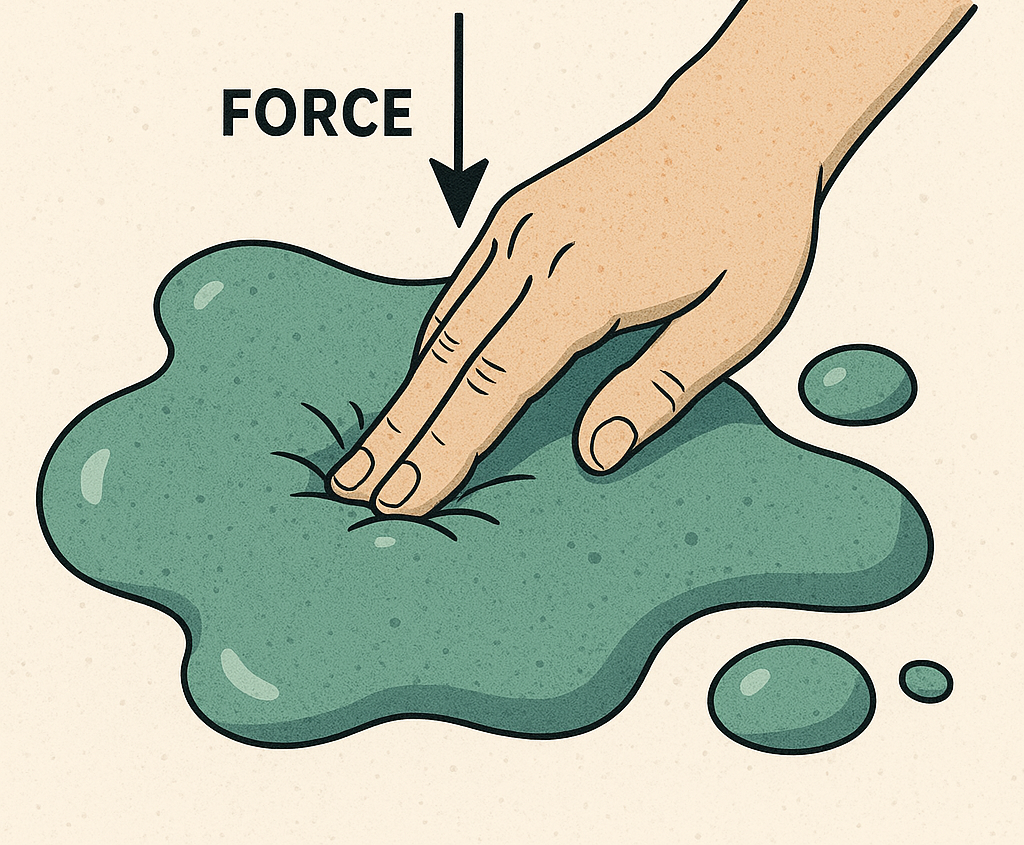
Have you ever looked at your nose? Strange question, I know, but as you are reading this, can you actually see your nose? I’m sure you just tried to see it and saw your nose but why couldn’t you see it 10 seconds ago? It turns out, your brain has been hiding it from you all along. This strange phenomenon is an example of selective attention, a process where your brain decides what’s important and filters out the rest (does it ring a bell?). Selective attention comes up so often when we talk about sensory perceptions so even though it might feel repetitive, it (fortunately or unfortunately) is absolutely necessary to talk about it. I apologize for it. Anyway, while your nose is always within your field of view, your brain actively chooses to ignore it so you can focus on more important visual details.
This happens because of how the human brain processes sensory information. Your eyes take in far more data than your brain can effectively handle, so to avoid overload, the brain prioritizes motion, contrast, and relevance. Since your nose is stationary and always present, it is deemed unimportant and “edited out” of your conscious perception (take that, Adobe Premiere Pro). This is the same reason you often don’t notice the feeling of your clothes on your skin unless you actively think about them. Your brain is an efficient filter, keeping you focused on what truly matters.
A similar effect occurs when you get used to background noises, like a humming air conditioner, or when you stop feeling the watch on your wrist. This is called habituation—your brain learns to ignore repetitive, unchanging stimuli. However, if you consciously shift your focus, you can bring your nose back into view. Try it now! Look at something in front of you and become aware of your nose—it was there the whole time!
It’s fascinating to think that our perception of the world is not just about what we see, but also what our brain allows us to see.
RELATED POSTS
View all


